Preventing extinction of dry thorn forest tree species
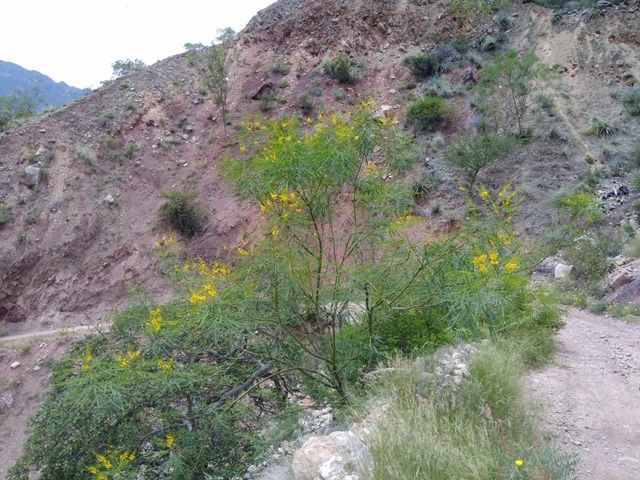
-
Status of project
Completed -
Region
Latin America and the Caribbean -
Country
Peru -
Programme
Global Trees Campaign -
Workstream
Saving Plants -
Topic
Tree Conservation
Project completed: 2022
Conservation Problem
The unique and diverse ecosystem in the Marañón Valley makes it of high conservation value nationally and internationally. However, it is being transformed at an accelerating rate.
Project Goal
The project aims to conserve three endemic threatened tree species of the Marañón Valley by surveying, collecting, and propagating them as part of ex situ living collections which will be used to reinforce in situ populations.
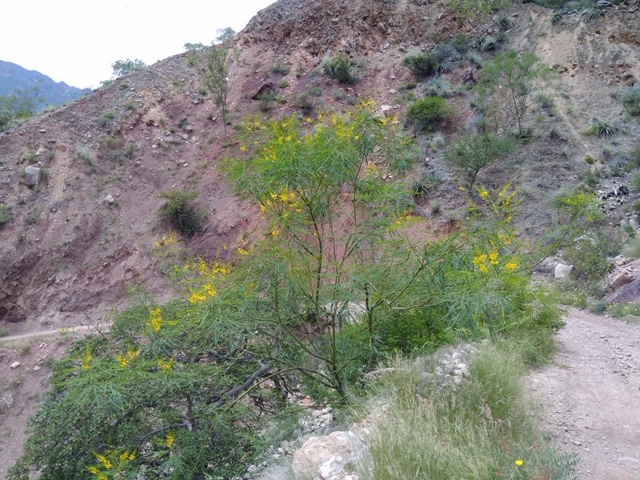
Why these species?
The Marañón valley in northern Peru contains the rich diversity of a seasonally dry tropical forest. The high number of endemic species gives to this valley its exceptional conservation value. Sadly, this unique ecosystem is being transformed at an accelerating rate due to agriculture and livestock expansion, road construction and population growth. There is an urgent need to promote conservation initiatives in the area.
The project aims to conserve three endemic threatened tree species of the Marañón Valley by surveying and monitoring their populations, collecting material (seeds and cuttings), and propagating and producing genetically diverse living collections of the target species, which will then be used for initiation of in situ population reinforcement planting.
Parkinsonia peruviana (Critically Endangered in the IUCN Red List) is only known from three collection sites. In recent surveys no seedlings or saplings were found, only mature individuals, indicating that regeneration is poor. The species is under threat from logging for firewood and grazing by goats, which limit its regeneration.
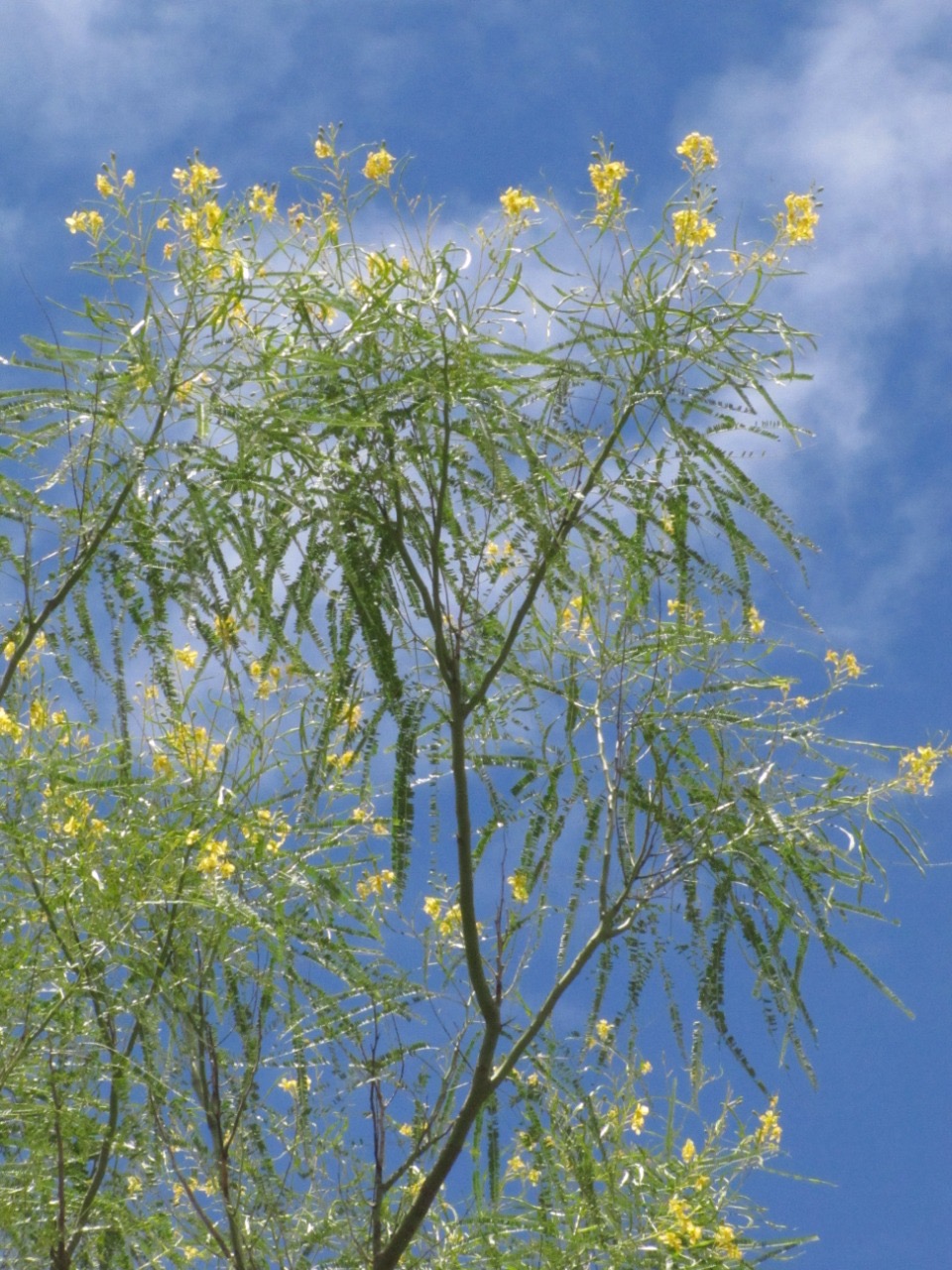
Coursetia cajamarcana (Critically Endangered in the IUCN Red List) is only known at one location. Most of the area that this species inhabits has been converted for agricultural use and any further transformation could lead to the extinction of this extremely threatened tree.
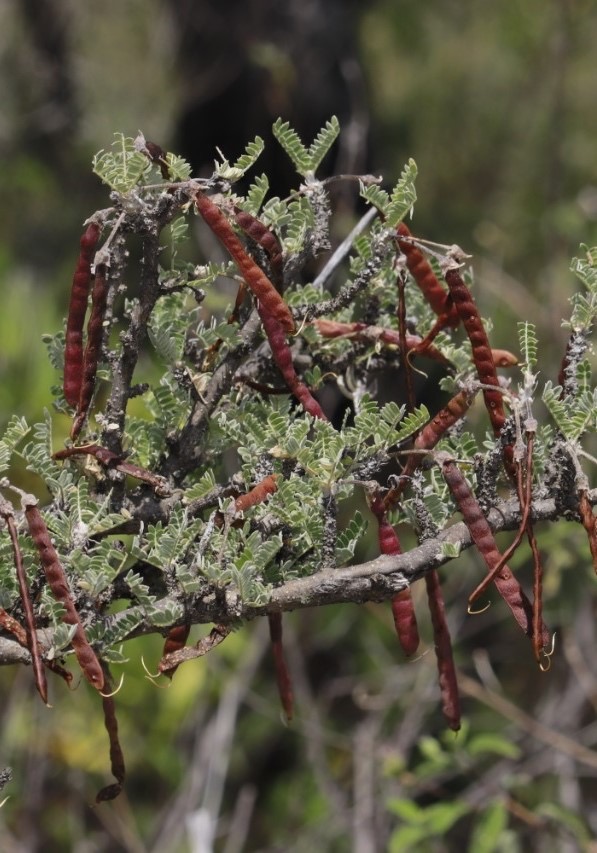
Pradosia argentea (Critically Endangered in the IUCN Red List) was thought to be extinct until last February when Professor Jose Luis Marcelo Peña from Universidad Nacional Agraria La Molina, Peru, found five individuals with fruits and flowers. This was only the second time this species had been found and collected for identification in the last 215 years.
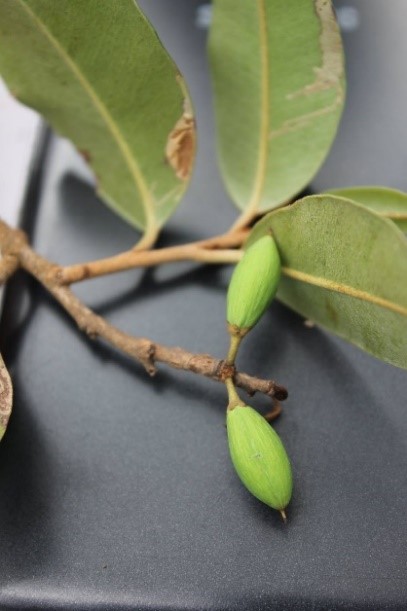
What are doing about it?
BGCI is collaborating with Huarango Nature in Peru to conserve these threatened tree species. We are establishing programmes for the protection of existing populations and working very closely with the local communities in the management and monitoring of these forests. Local community involvement will be crucial for the long-term sustainability of the project. The projects activities are:
- Survey and inventory of known and new populations for the target species and collection of propagation material
- Propagation and development of a best-practice propagation protocols
- Deliver training for project partners in collection, propagation techniques, ex situ collections management and development of recovery plans for the target species
- Implement forest management initiatives with enrichment planting carried out by the local communities.
Contact details
For more information on this project, please contact globaltrees@bgci.org